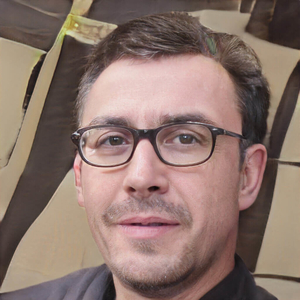Minnesota Drug Rehab Facilities & Alcoholism Treatment

When it comes to drug use and abuse, the statistics regarding the Minnesota drug rehab facilities are not so great. The state is currently trying to find solutions for the opioid epidemic that kills so many people. The solution is Minnesota substance abuse programs. More and more individuals need Minnesota substance abuse treatment for prescription painkillers, heroin, and synthetic opioids.
Learn About Substance Abuse Treatment In Minnesota:
Opioid Overdose Deaths Statistics
According to the National Institute on Drug Abuse, 422 people died in 2017 from opioid overdose in Minnesota. It translates to a rate of 7.8 deaths per 100,000 individuals. The most significant increase was seen in deaths caused by synthetic opioids. This number jumped from 31 cases registered in 2011 to 184 in 2017.
Many drug addiction treatment centers in Minnesota blame this increase on the high number of opioid prescriptions, which were 41 per 100 individuals in 2017. From 2000 to 2016, the figure of opioid victims rose by 631%.
The Minnesota Meth Crisis
Opioids are not the only ones wreaking havoc among the Minnesota citizens. Meth is another threat. Since 2009, the number of individuals admitted to Minnesota substance abuse programs has skyrocketed.
Meth smuggled in the US from the labs in Mexico comes at affordable prices due to mass production and in a much purer form. For example, a pound of meth can be bought at $5,000 compared to $22,000 a few years ago.
Minnesota drug rehab facilities have adapted their programs to address these issues with modern and efficient treatment options.
Rehab Solutions
Hope comes from the Minnesota drug rehab centers that have understood the philosophy around addiction and its connection with the underlying emotional and mental issues. These rehabs apply methods that have been adapted to the needs of the individual dealing with addiction.
When it comes to the treatment staff in drug and alcohol rehabs in Minnesota, the increasing demand is being met by career-seeking students, besides the existing professionals, and community members.
The Minnesota Model Of Addiction Treatment
Many rehab facilities have started to adopt Minnesota substance abuse treatment: the Minnesota Model created in the 1950s. It is also called the abstinence model, and although the method is more than 69 years old, it has been adopted to modern times and is successfully used in many rehabs.
This model addresses addiction by bringing together Narcotics Anonymous (NA) Twelve Step program, and Alcoholics Anonymous (AA), besides the latest pharmacological, psychiatric, psychological, and medical advances in the field of addiction. The treatment is aimed towards achieving complete abstinence from all substances based on the education of both patients and their families applying an interdisciplinary and integral approach.
Drug and Alcoholism Recovery Centers In Minnesota
-

Wellcome Manor Family Services, Garden City, Minnesota
-

Douglas Place, East Grand, Minnesota
-

Canvas Health Treatment Center Rehab, Minneapolis, Minnesota
-

People Inc. Mental Health Services Huss Center for Recovery, Minneapolis, Minnesota
-

NorthStar Regional, Chaska, Minnesota
-

The Cronin Home, Rochester, Minnesota
-

PRIDE Institute, Eden Prairie, Minnesota
-

Juel Fairbanks, St. Paul, Minnesota
-

Effective Living Center, Inc., St. Cloud, Minnesota
-

Mash-Ka-WisenTreatment Center, Sawyer, Minnesota
Sober Living After Rehab
The rehabilitation at the drug addiction treatment centers in Minnesota does not stop once the rehab program is over. Patients are offered aftercare options and support, such as recovery coaching, mentorship programs, inspirational resources, and peer support groups to help the patient stay sober.
These programs adopted by many Minnesota drug rehab facilities also help to get the sober-living skills they acquired during the treatment and apply them in real life. For the individuals who find this difficult, there are halfway houses or sober living homes which help addicts learn how to deal with the challenges and pressures of daily life.
- Minnesota Opioid Summary. National Institute on Drug Abuse. 2019. https://www.drugabuse.gov/opioid-summaries-by-state/minnesota-opioid-summary.
- Anderson DJ, McGovern JP, DuPont RL. The origins of the Minnesota model of addiction treatment - a first person account. Journal of Addictive Diseases. 1999; 18(1): 107-14. https://www.ncbi.nlm.nih.gov/pubmed/10234566.

